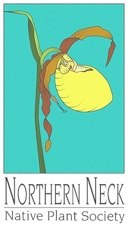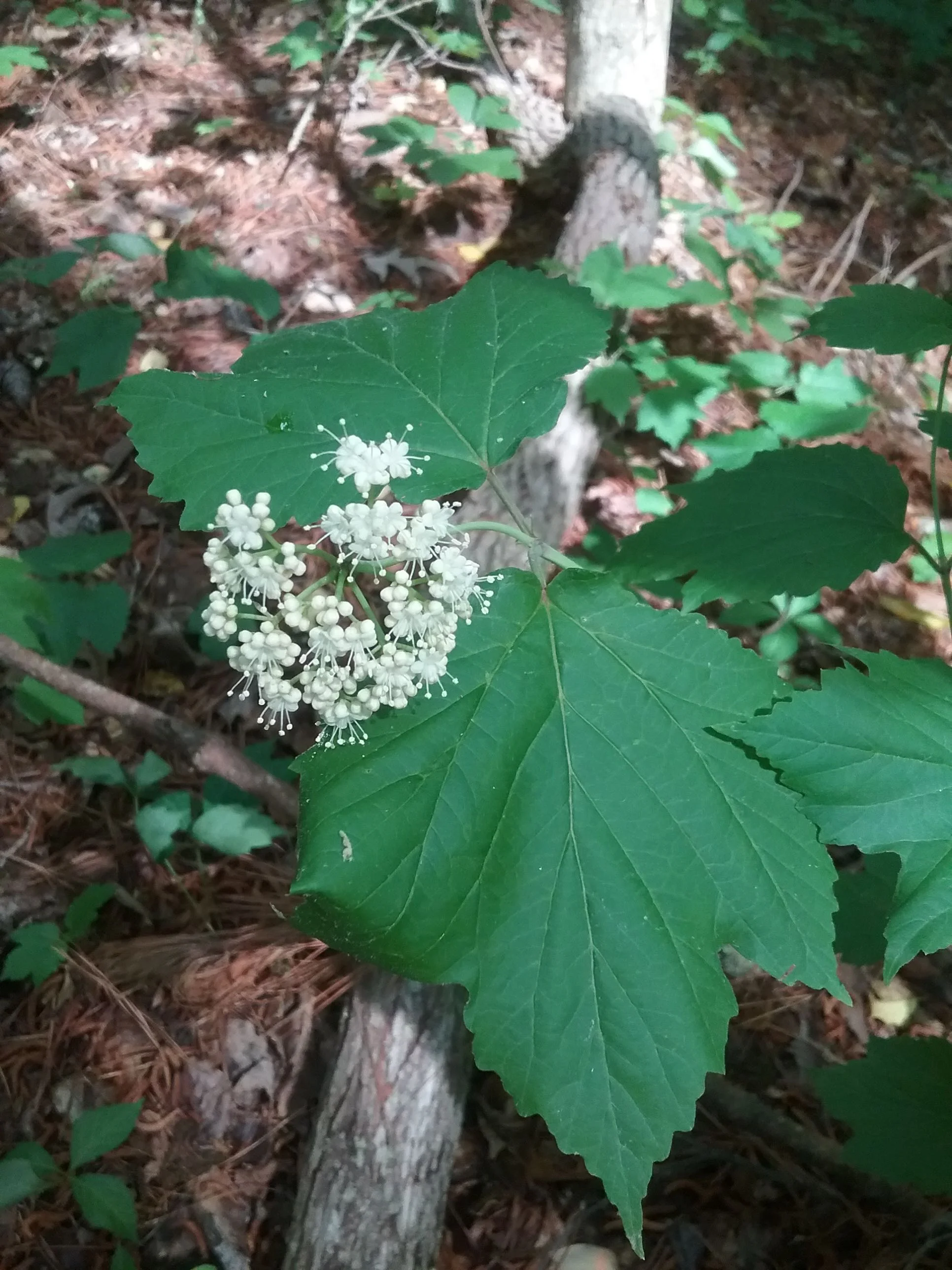Loblolly Pine (Pinus taeda) is the second-most common tree in the entire United States (the most common is the Red Maple). This fast-growing evergreen can be up to 100 feet in height, with a trunk up to four feet in diameter, but most trees are smaller.
Read MoreA monthly presentation by the Northern Neck Chapter of the Virginia Native Plant Society to show some of the blooming natives we can see along the roadsides of the region
November 2018
Read MoreHighbush Blueberry (Vaccinium x. marianum, a hybrid of V. fuscatum and V. formosum), are versatile native shrubs or small trees which provide four seasons of interest in eastern Virginia. They can grow 10 feet or more in height, often with several trunks. Young branches are light green with a zigzag pattern which is more obvious in winter after leaf fall.
Read MoreA monthly presentation by the Northern Neck Chapter of the Virginia Native Plant Society to show some of the blooming natives we can see along the roadsides of the region
October 2018
Read MoreBur-marigolds (Bidens laevis and Bidens cernua) are native wildflowers found in wet places and shallow fresh water. These two species are very similar, but should not be confused with the marigolds planted in many of our flower beds–those are a completely different-looking, non-native plant.
Read MoreThe first major upgrade since the App was released a year ago at the Tri-State Native Plant Conference is now available.
Read MoreA monthly presentation by the Northern Neck Chapter of the Virginia Native Plant Society to show some of the blooming natives we can see along the roadsides of the region
September 2018
Read MoreThree-nerved (Coastal) Joe-pye-weed (Eutrochium dubium) is one of our many native plants that are unjustly considered weeds simply because of their common name. For gardeners, this is one of the more useful of several local species of Joe-pye-weed because it only grows to total height of about three or four feet.
Read MoreIn late afternoon of Thursday, August 30, 2018, Beth Kendrick and I planted a Goldenclub in the pond off the 12th hole at ICYCC. Goldenclub [Orontium aquaticum] is one of the Northern Neck’s quirky native plants that in my travels, I have not seen growing.
Read MoreAmerican Beauty-berry is a favorite native with it shiny bright berries in the fall that provide good food for warblers and other migrating songbirds. Photo by Betsy Washington.
The Northern Neck Chapter of the Virginia Native Plant Society (NNNPS) will host its annual native plant sale from 9 a.m. to noon on Saturday, September 8 at Wicomico Parish Church (Episcopal) on Rte 200 in Wicomico Church.
Read MoreCardinal Flower (Lobelia cardinalis) is a strikingly beautiful wildflower found along stream banks and in bogs and swamps. The unbranched plant grows up to four feet in height with dark-green toothed leaves.
Read MoreCinnamon Fern (Osmundastrum cinnamomeum) is a large graceful fern which grows in shady wet areas. It typically attains a height of about 3 feet, but can reach 5 feet in favorable environments.
Read MoreHairy Skullcap (Scutellaria elliptica) is a striking native wildflower. It grows 12 to 18 inches in height with oval or elliptical leaves and has hairy stems which rarely branch.
Read MoreMaple Leaf Viburnum (Viburnum acerifolium) is a deciduous shrub which is relatively common in our forests.
Read MorePhotos from the NNNPS Hickory Hollow Field Trip on Thursday, April 19,2018.
Read MoreNNNPS had a table at the NAPS Earth Day event during the Heathsville Farmer's Market on April 21, 2018. Here are some Photos of the day taken by Betsy Washington.
Read MoreVirginia Bluebells (Mertensia virginica) is one of the most beautiful of the native spring ephemerals that has been introduced into our area. Although it does not grow naturally in the Northern Neck, it is found throughout much of the rest of Virginia, including the Middle Peninsula.
Read MoreVirginia Dwarf Trillium (Trillium pusillum var.virginiana), the only native trillium in the Northern Neck, is an exceptionally attractive small wildflower that grows naturally in Lancaster County. There are many different kinds of trillium but this one is unique because of its small size of only about 7 or 8 inches in height at maturity.
Read More

















